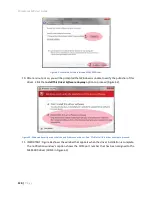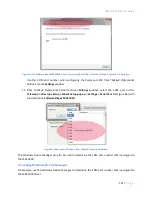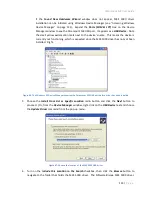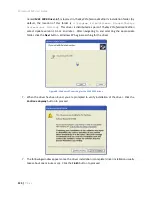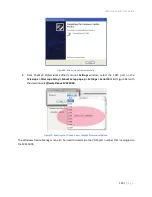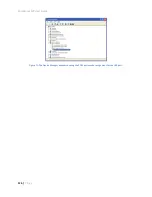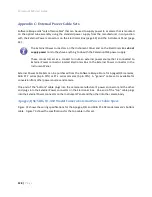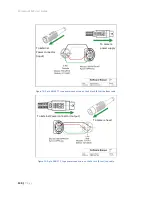
Paramount MX User Guide
115 |
P a g e
Using ProTrack™
ProTrack™ is
TPoint-specific
software technology that improves the Paramount MX’s tracking accuracy.
Based on your pointing calibration data, and the resulting pointing model, small corrections are
periodically made to the telescope’s position that actually compensate for mechanical tracking errors,
such as tube flexure and out of round gears as well as other systematic errors, such as atmospheric
refraction. This same tracking enhancement technology is used on many of the world’s largest
telescopes, such as the 8-meter Gemini telescopes.
ProTrack gives amateur astronomers the ability to take long unguided exposures (up to 20 minutes at
100-inch focal length) with pinpoint stars.
Unguided exposures
of this duration at moderate to long
focal lengths, with pinpoint stars, are simply not possible without this type of software and hardware
integration.
ProTrack works best with a Super Model based on an extensive set of pointing calibration data set, and
is typically used in permanent installations. However, ProTrack can provide useful tracking corrections
using a smaller number of pointing samples, making it useful for semi-portable or mission critical
portable setups.
ProTrack Minimum Requirements
ProTrack requires the following minimum hardware and software.
1.
A Paramount MX, Paramount ME or MKS Series Software Bisque Telescope Control System
(Bisque TCS).
2.
TheSkyX Professional Edition.
3.
TPoint Add On
.
4.
A fixed mirror telescope. (Errors due to mirror flop make high-accuracy tracking nearly
impossible.)
5.
An extensive set of TPoint modeling data (50 to 200 stars or more recommended).
Getting Started with ProTrack
A robust mount coupled with superb modeled telescope pointing is required for superb modeled
telescope tracking. Here are the keys to getting excellent ProTrack results:
•
Make sure every component of the imaging system is robust, from the pier mounting to the
camera mounting and everything in between. Loose mechanics, or even poorly mounted
cabling can introduce random errors that cannot be corrected by TPoint and therefore degrade
ProTrack’s performance.
•
Use the
TPoint Add On’s
Automated Pointing Calibration feature to obtain an accurate and
pointing calibration data set.
•
Employ a TPoint Super Model that is based on a large number of pointing calibration samples.




















